“Vive la Reine!”: The Queen’s Legacy in France
On September 8, 2022, Queen Elizabeth II peacefully died at her Scottish residence, Balmoral Castle. She was 96 years-old. On the throne for over seventy years, the Queen had not only become Britain’s icon, but also a formidable matriarch who the world would look to for strength and guidance during its darkest and most unpredictable days. I, like many others around the world, shed tears on September 19 when the Queen’s casket was slowly lowered into the ground at St. George’s Chapel in Windsor. The Queen’s death was devastating and felt very significant at the time since she was the only monarch many had known — I recall telling my history students to absorb the information they had received on the Queen’s passing because that notable event would be talked about over many decades to come. Since September, I’ve read extensively on the history of the British Royal Family and have honored the late Queen’s legacy by publishing an article on her 1991 visit to Texas in the North Texas e-News Magazine. Besides the Queen’s approval of the Lone Star State, she also harbored a special fondness for France, especially the capital—once commenting to former President Jacques Chirac that she would never grow “tired of the elegance and charm of Paris.” I intend to discuss the Queen’s sincere affection for France in this brief article.

Her Majesty’s first official visit to France was in 1948 as a princess and heir presumptive—she was not crowned until the death of her father King George VI in 1952. She was accompanied by her husband, Prince Philip, Duke of Edinburgh. Owing to Princess Elizabeth’s outstanding grace and professionalism, not many would have guessed that the royal was only 22 years old. Her visit included a pleasant boat ride on the Seine, the opening of an exhibition on British life in Paris through eight centuries at the Eiffel Tower, a speech on the importance of French-Anglo relationships (which was delivered in impeccable French), and an audience with Vincent Auriol, the president of France. Auriol awarded the princess the Legion of Honour, the highest order of merit in France. According to a 1948 newsreel titled Elizabeth In Paris, thousands of Parisians lined the road to the Arc de Triomphe, waving flags and jostling with others in hopes of seeing the princess. Dame Menna Rawlings, the British ambassador to France, reported the royal’s giddiness and excitement as she “walked down the streets with crowds waving out of windows and balconies.” The newsreel concluded with footage of the princess and her prince at a horse race, waving to an ecstatic crowd; the narrator remarked that “it was a day where favorites are to fare well…” The immensely-successful trip was an appropriate start to the future monarch’s warm relationship with France.
Her next visit to France occurred in 1957, five years after her sudden ascension to the throne. The Queen was showered with heartfelt admiration by thousands of Parisians — groups had camped in the streets for days waiting to catch a glimpse of the beautiful monarch. The Queen met René Coty, the last president of France’s Fourth Republic. In 1960, the Queen invited war hero and French president Charles de Gaulle to Buckingham Palace in London. She bestowed on de Gaulle the Royal Victorian Order—a dynastic order of knighthood—for his distinguished personal service to the British monarchy in World War II. As seen in a 1960 newsreel titled De Gaulle’s State Visit, the French president was warmly welcomed by the Queen and the British people; the visit’s agenda included a carriage ride through Westminster, a state dinner, and a Buckingham Palace balcony appearance. On the final night of his visit, de Gaulle was treated to an illuminated Cross of Lorraine (symbol of de Gaulle’s Free French Forces during WWII) as well as a spectacular fireworks display. The narrator praised de Gaulle as “the president of a resurgent nation, which he has confirmed political stability; a blessing denied for more than forty years… Watchers in the front row saw that the visitor [de Gaulle] was deeply moved; he was renewing acquaintance with the city of his four-year exile.” A light-hearted moment of the trip occurred at the state dinner—a guest asked de Gaulle’s wife Yvonne what she was looking forward to in regards to her husband’s upcoming retirement. She replied with what sounded like a risqué answer: “a penis”. An uncomfortable silence reportedly descended on the dinner table…until the Queen intervened and quipped, “Ah, happiness.”
The Queen’s tender relationship with France blossomed at the end of the twentieth century and in the new millennium. When she invited President Georges Pompidou to tea in London in 1972, the Queen expressed her love for France and Britains’ “unique mixture of friendship and rivalry” which united the nations (and a hint of delight when Britain joined the European Union — “we are not driving on the same side of the road,” she remarked, “but we are going in the same direction”). Pompidou’s successor, Valéry Giscard d’Estaing visited London in 1976, and after a fruitful chat left with a Labrador retriever puppy from one of the monarch’s kennels. The Queen enjoyed the company of François Mitterand and Jacques Chirac, presidents of France in the 1980s and 1990s, either in Paris or London. She also received President Nicolas Sarkozy and hosted a gorgeous state dinner for the French official in 2008. Her last visit to France was in 2014, to mark the 70th anniversary of D-Day. At the official dinner at Élysée Palace in Paris, the Queen highlighted the importance of Britain and France standing shoulder to shoulder to promote global security. She also recollected her fond memories from La France (subtly hinting that the 2014 visit might be her last…): “I recall my own happiness, discovering this beautiful country for myself and for the first time, and developing my own great affection for the French people.” President François Hollande lauded the woman he called an inspiration and who personified the phrase “keep calm and carry on!”
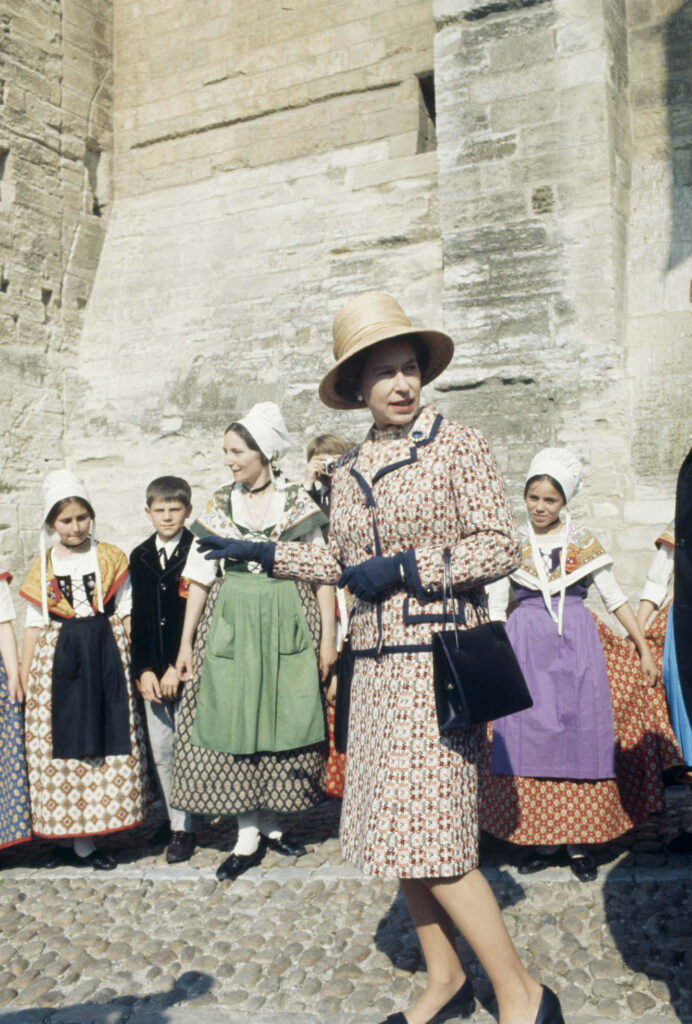
At the conclusion of her 2014 visit, the Queen addressed the president and esteemed guests in the French Senate, mentioning that “shared struggle, sacrifice, and reconciliation we remember those times [during and after WWII] strengthens unity and understanding” between Britain and France. The monarch also pointed out that it is the two nations’ interest to recognize the great potential and hopes of future generations of leaders— “the decisions we make should always be designed to enlarge their horizons and enrich their future, from caring for our environment to preventing conflict.” The speech was presented in a compelling, yet calm manner. Prior to her departure, Parisians enthusiastically shouted “Vive la Reine!” (Long live the Queen) whenever they saw the monarch’s motorcade; the sentiment was ironic from the group of bystanders standing at La Conciergerie prison, the fortress where Marie-Antoinette was imprisoned before her bloody execution in 1793. Additionally, a Parisian flower market was renamed to Marché aux Fleurs Reine Elizabeth II in 2014 to reflect the enormous endearment of the French towards the monarch. In recent times, President Emmanuel Macron met Queen Elizabeth II on a number of occasions, including the 75th anniversary of D-Day at the Normandy Beaches and the 70th anniversary of NATO in London, both in 2019. When the Queen celebrated her Platinum Jubilee in the summer of 2022, the British Embassy in Paris organized well-attended tea parties and several groups in Southwest France hosted their own festivities.
President Macron’s somber speech after the death of Queen Elizabeth II struck a nerve with the French — “We all feel an emptiness… To you [the British], she was your Queen. To us, she was The Queen. She will be with all of us forever.” In sum, the Queen, who demonstrated genuine integrity and steadiness in her global role for over seventy years, represented continuity of a relationship between two countries who were once frequently at war with one another yet are now entwined with shared societal traditions, global goals for peace and prosperity, and a love among its peoples.
Bibliography
Pimlott, Ben. The Queen: A Biography of Elizabeth II. Hoboken, NJ: Wiley Publishing, 1998.
Smith, Sally Bedell. Elizabeth the Queen: The Life of a Modern Monarch. New York: Random House, 2012.
Videos on Youtube, including Elizabeth in Paris (1948), De Gaulle’s State Visit (1960), The Queen’s Senate Speech (2014).



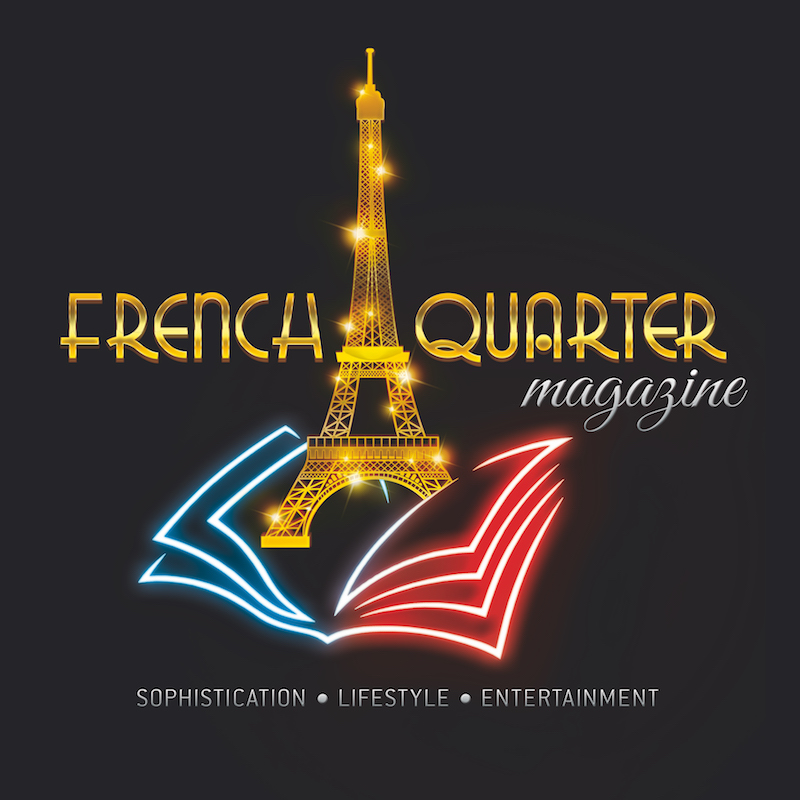


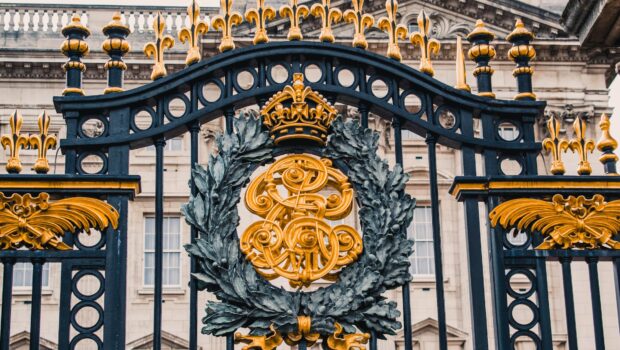


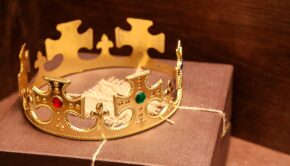





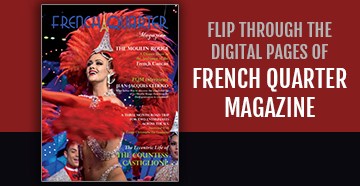





Very Informative Article And also Very Easy to understand. i hope you will keep posting this type of article. THANK…